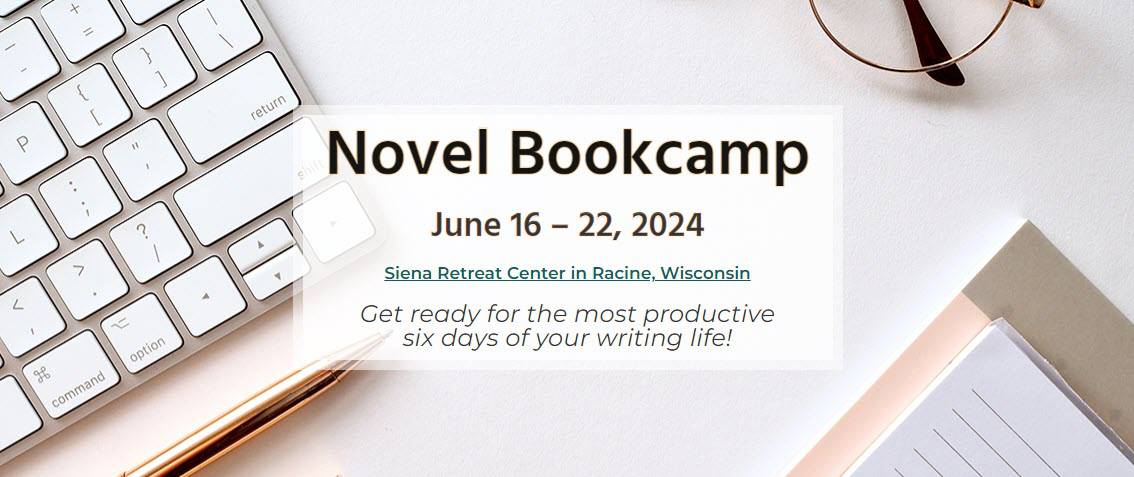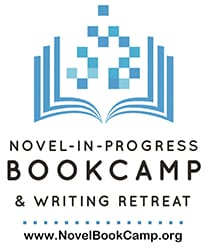No matter if it’s your first try at a complete manuscript, or you’re a seasoned pro, these basic tips on self editing will help you show off your work. Come to Bookcamp for more tips!

Self-Edting checklist
Self-editing: Structure, Mechanics, and Meaning
These are things you can and should check for yourself, even if you don’t feel like any of these are your strengths. Some writers like online check programs, but don’t let them take the place of a good read. Have others go ahead and read your work as well. Before you go into revisions, however, make sure you understand clearly what your story is about, why the setting is important, that your theme or premise is obvious to the reader as much as yourself, you have any needed permissions, and you’ve able to rest the story: you’ve been able to stay away from it for at least two weeks without needing to go back in and tweak something. Some of the best ways to approach revision are to simply read the story through after you’ve taken time away from it. Read it out loud or have someone read it to you. Go back in and make a new chapter outline from this version. Note in a couple of sentences who appears in each chapter and what is accomplished. Make a new character list and note their role in the story. Note all of the ways your theme appears.
Structure
- Does your opening sentence present a question for the reader? Does it make them sincerely need to find out what happens next?
- Do all scenes and paragraphs make a valid point or contribution toward to goal of the story?
- Included sensory imagery and reactions to them often. Don’t forget smell and touch.
- Is the theme consistent throughout the work?
- Are the chapters consistent, progressive, content-worthy and contain cliff hangers?
- Is your word count appropriate?
Mechanics
- Check for spelling errors or typos, punctuation, and correct words. If in doubt, look it up.
- Capitalize proper nouns, but avoid unnecessary capital letters.
- Avoid clichés, similes, and metaphors that don’t add to the work. Remove many of your modifiers.
- Use active voice consistently. Avoid telling the reader what isn’t happening.
- Simplify dialog tags, use when necessary. He said, she said. Intersperse with action beats.
- Cut it down. Brevity is clarity.
- Check for accidental plagiarism. Occasionally during research and notations you may accidentally lift material for a published source instead of sifting it and reworking to fit your own story. Don’t treat urban legends or memes as fact.
Meaning
- Does the theme or premise hold true? Are the reference and symbolism strong enough?
- Is there original insight and fresh knowledge in the narrative?
- Does the character’s journey carry throughout the narrative, making every scene and chapter propel the story? Are the characters and their actions believable? Have they portrayed strong, resonating emotion?
- Are the plot points in the best places – the highs and lows and midway turning point?
- Can anyone around the world understand the colloquialisms, references to pop culture, history, and geography?
- Does the tone of each chapter parallel the action/emotion?
- Are there obvious gaps in research or stories that need to be fleshed out?
- Is the timeline consistent?
- Does the denouement wrap up appropriately for the genre?



